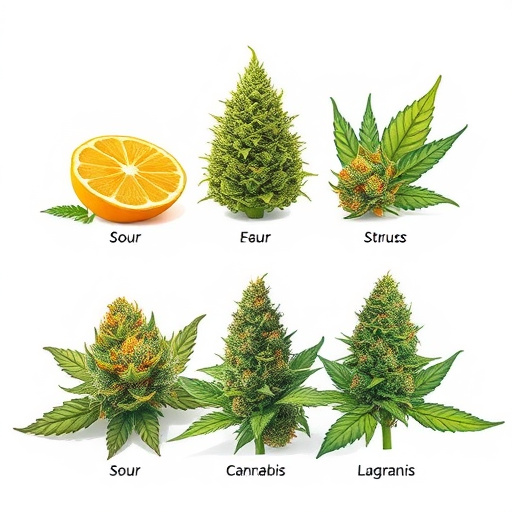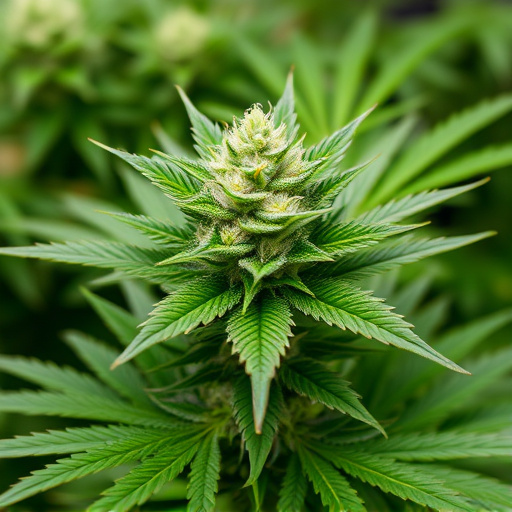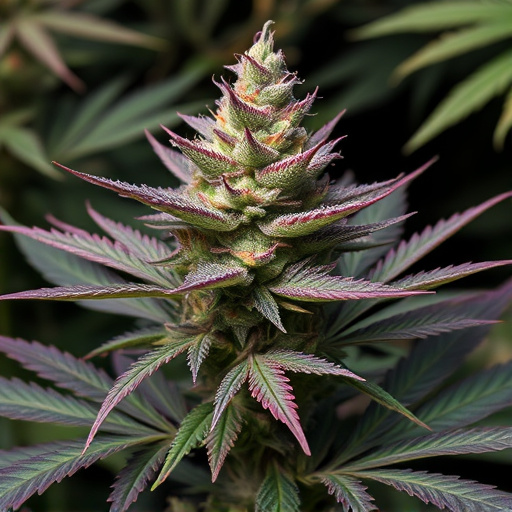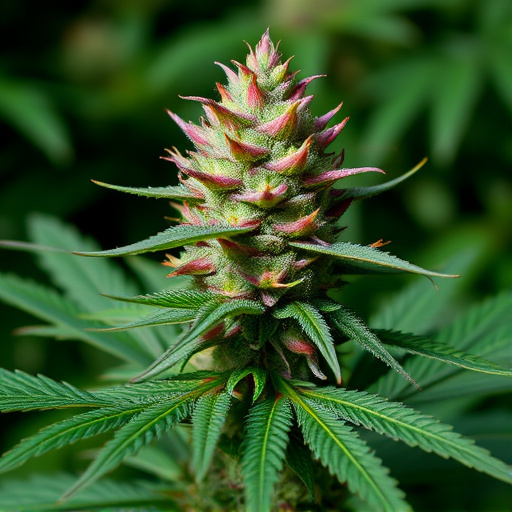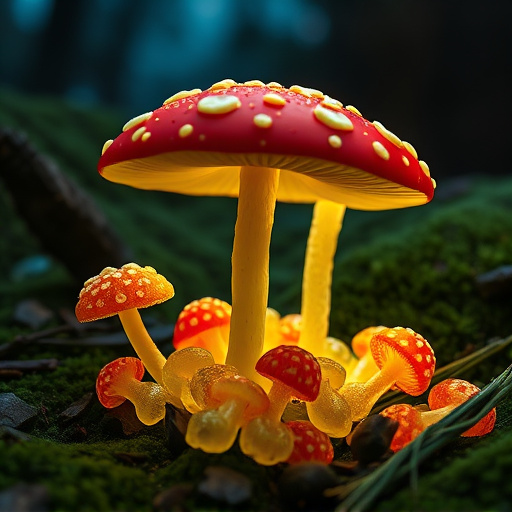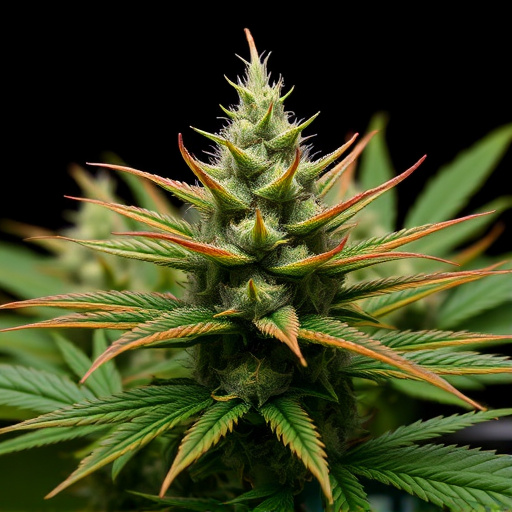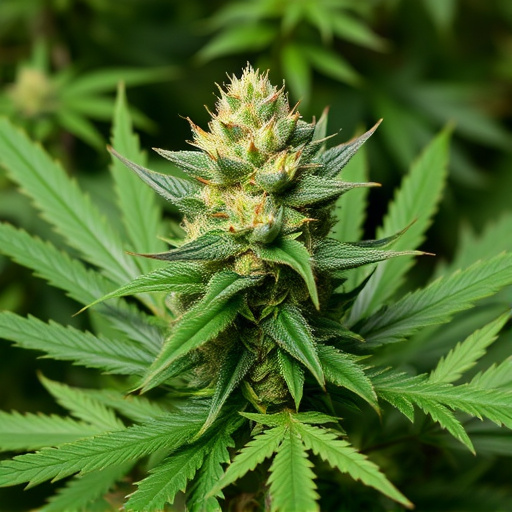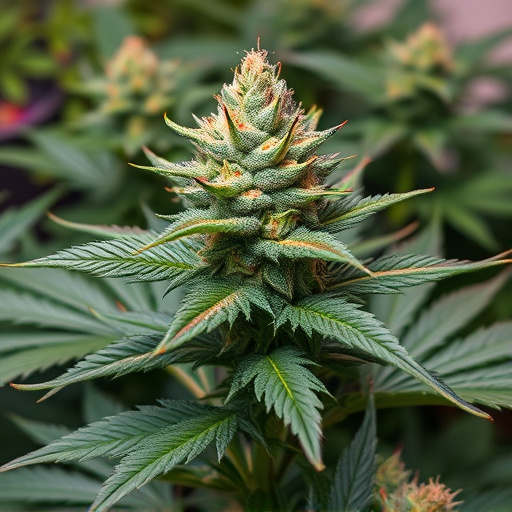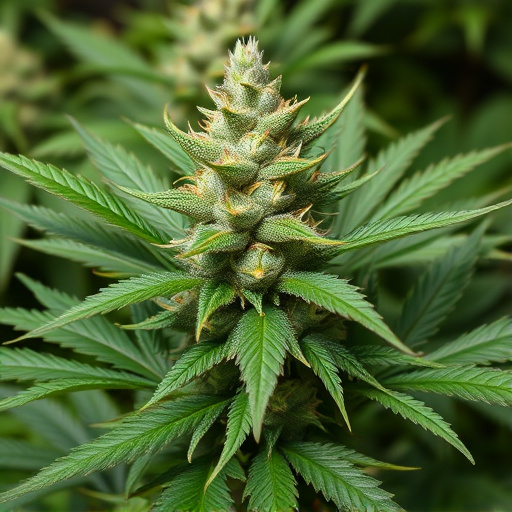Cannabis's appetite-stimulating effects stem from its interaction with the body's endocannabinoid system, particularly through compounds like THC and CBD found in high-THC classic cannabis strains. Indica varieties, known for their relaxing properties, are popular for increasing hunger. Both THC and cannabidiol (CBD) have shown potential in managing eating disorders; CBD is specifically recognized for stimulating appetite and aiding weight gain in conditions like anorexia. Research highlights the promise of cannabis compounds in alternative eating disorder treatments.
Cannabis has long been known to stimulate the appetite, a phenomenon often referred to as “the munchies.” But why does this plant trigger such intense cravings? This article delves into the science behind cannabis and its effect on hunger, exploring how specific cannabinoids interact with our bodies to induce eating. We’ll also shine a light on classic cannabis strains renowned for their appetite-boosting properties and discuss their potential role in managing eating disorders.
- The Science Behind Cannabis and Appetite Stimulation
- Classic Cannabis Strains Known for Inducing Hunger
- Exploring the Role of Cannabinoids in Eating Disorders
The Science Behind Cannabis and Appetite Stimulation
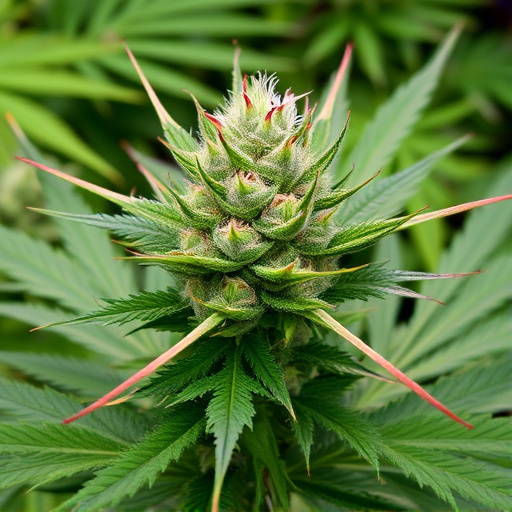
The science behind cannabis and appetite stimulation is a fascinating area of study. Researchers have discovered that certain compounds found in cannabis, particularly tetrahydrocannabinol (THC) and cannabidiol (CBD), interact with the body’s endocannabinoid system. This system plays a crucial role in regulating various physiological processes, including hunger and metabolism. When consumed, these compounds bind to receptors in the brain and other parts of the body, triggering a cascade of events that can increase appetite.
Classic cannabis strains known for their high THC content have been linked to this effect. The intense highs they induce can lead users to seek out food as a means of satisfying hunger pangs often associated with the experience. Moreover, CBD has also gained attention for its potential to stimulate appetite, especially in individuals suffering from conditions like nausea or anorexia, where the body’s natural appetite mechanisms may be compromised.
Classic Cannabis Strains Known for Inducing Hunger
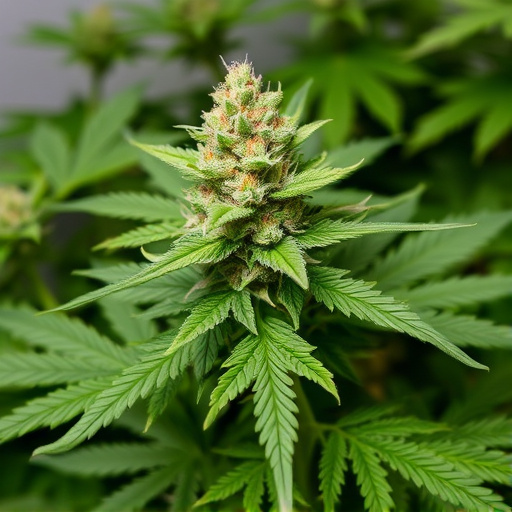
Cannabis has long been associated with its ability to stimulate appetite, often leading users to what’s colloquially known as “munchies.” Certain classic cannabis strains are particularly renowned for this effect, making them popular choices among consumers looking to increase their food intake. These strains typically contain higher levels of tetrahydrocannabinol (THC), the primary psychoactive compound responsible for cannabis’s psychological effects.
Among the classic cannabis strains known for inducing hunger, Indica varieties often top the list due to their relaxing and sedative properties that can enhance sensory experiences, including taste and smell. Strains like Afghani, Northern Lights, and Purple Haze are celebrated not only for their potent THC content but also for their ability to coax users into seeking out delicious treats. These strains’ unique chemical profiles interact with our endocannabinoid system, potentially triggering hunger pangs and encouraging a hearty appetite.
Exploring the Role of Cannabinoids in Eating Disorders
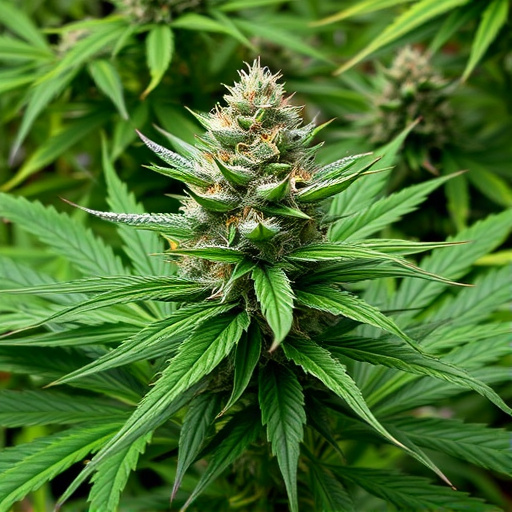
Cannabis has long been known for its ability to stimulate appetite, a common side effect experienced by users. This phenomenon is largely attributed to the presence of cannabinoids, particularly tetrahydrocannabinol (THC) and cannabidiol (CBD). While THC is known to bind with receptors in the brain associated with pleasure and reward, it also interacts with the body’s endocannabinoid system, which plays a role in regulating hunger. This interaction can lead to an increased desire for food, especially when consuming classic cannabis strains high in THC.
Moreover, CBD, another prominent cannabinoid, has gained attention for its potential benefits in managing eating disorders. Studies suggest that CBD may help regulate appetite and stimulate weight gain in individuals with conditions like anorexia nervosa or chronic weight loss. Its anti-inflammatory properties and ability to modulate neurotransmitters involved in feeding behaviors make it a promising area of research in the field of eating disorder treatments, potentially offering alternative solutions beyond traditional therapies.
Cannabis’ ability to stimulate appetite is well-documented, with both scientific research and anecdotal evidence highlighting its potential benefits for those struggling with eating disorders. Classic cannabis strains, known for their high THC content, have been linked to increased hunger due to their interaction with the endocannabinoid system. While further research is needed to fully understand the complex role of cannabinoids in eating disorders, current insights suggest that these compounds may offer a promising avenue for managing conditions like anorexia or cachexia. By exploring the science behind cannabis and appetite stimulation, we can better appreciate the potential therapeutic applications of this fascinating plant.
